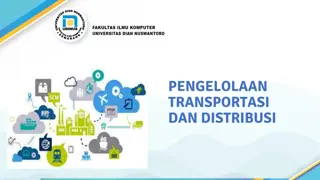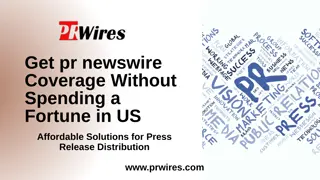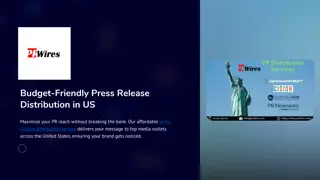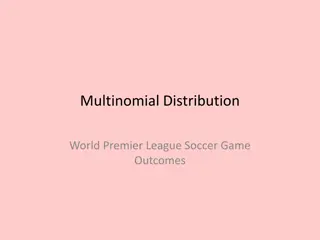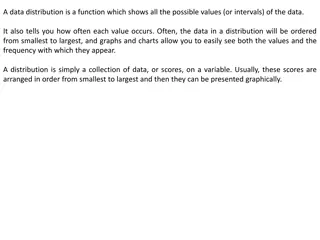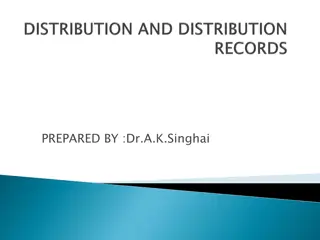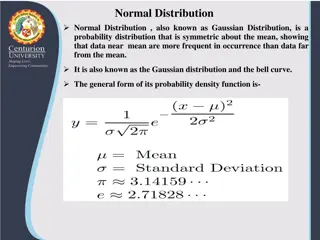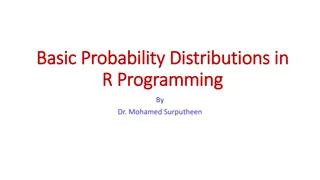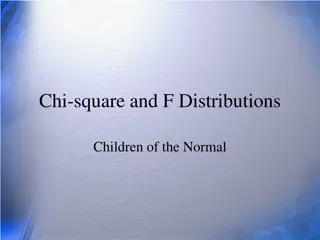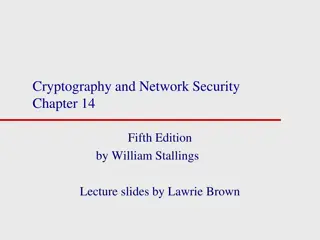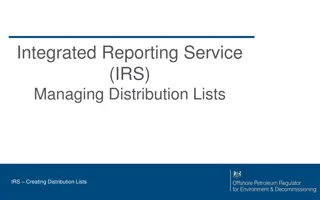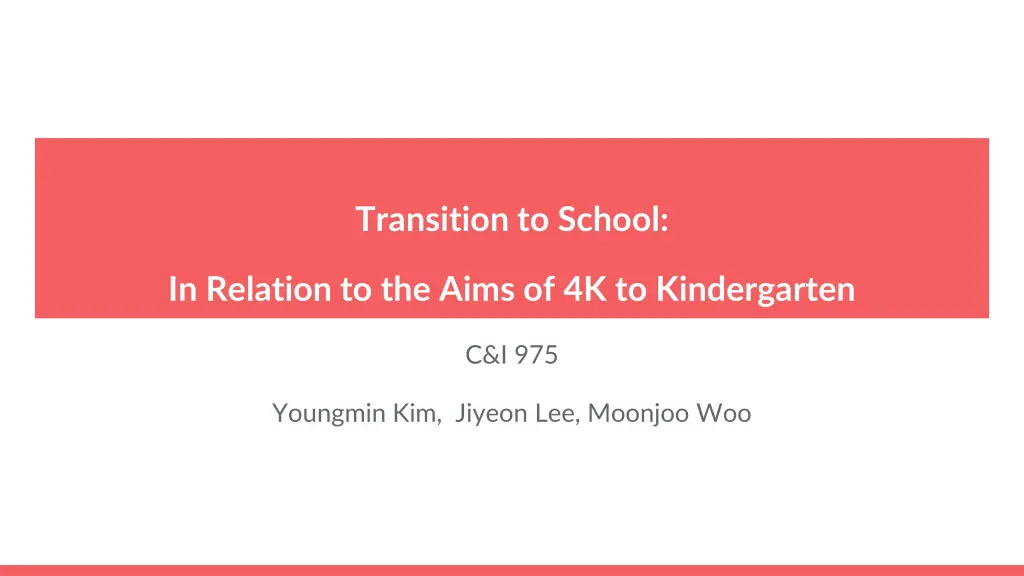
Understanding the Transition Practices in Relation to PreK/K Aims
Explore the enactment of transition practices by teachers and principals in alignment with the aims of PreK/K programs. Investigate the relationship between policy, practitioners' interpretations, and the continuity of children's learning journey from PreK to Kindergarten. Delve into the importance of policy understanding in shaping classroom practices and supporting children's academic readiness.
Download Presentation

Please find below an Image/Link to download the presentation.
The content on the website is provided AS IS for your information and personal use only. It may not be sold, licensed, or shared on other websites without obtaining consent from the author. If you encounter any issues during the download, it is possible that the publisher has removed the file from their server.
You are allowed to download the files provided on this website for personal or commercial use, subject to the condition that they are used lawfully. All files are the property of their respective owners.
The content on the website is provided AS IS for your information and personal use only. It may not be sold, licensed, or shared on other websites without obtaining consent from the author.
E N D
Presentation Transcript
Transition to School: In Relation to the Aims of 4K to Kindergarten C&I 975 Youngmin Kim, Jiyeon Lee, Moonjoo Woo
Overview 1.Research topic 2.Literature review 3.Policy document analysis 4.Research design: methods 5.Findings 6.Discussion
Research Topic Research question How is transition practice enacted by teachers and principals in relation to their understandings of aims of 4K and K? Issue of interest 1.Policy is enacted, not implemented! 2.Relationship between aims of 4K/K and transition practice.
Research Topic Policy problem 1.The accountability pressure moving from K to 4K programs. 2.Considering 4K as the continuum of the K-12 system (Graue et al., 2016) 3.The issue of school readiness & school transition (Dockett & Perry, 2013) 4. Relevance is more likely to be perceived if sufficient similarity exists between two settings [...] However, the critical dimensions of continuity and similarity have not identified dearly (Timperley, McNaughton, Howie, & Robinson, 2003, p.33)
Research Topic Why important? 1. Help practitioners to better support children s transition from 4K to K by examining their understanding of 4K/K aims and its continuity 2. Help policy makers to understand practitioners sense-making of policy and reflect it on policy. How it is related to policy? (Practice and Policy) 1. The importance of understanding policy actors interpretation in policy enactment 2. The end of result of sense-making process looks different for each teacher each teacher decides ultimately whether and in what ways policy proposals get worked out in classroom practice (Goldstein, 2008, p. 467)
Literature Review - Aims of PreK/K Kindergarten Provide children with opportunities to learn about the specific knowledge and skills so they are ready to meet the academic standards (Goldstein, 2007; Graue, 2009; Pianta, Cox, & Snow, 2007; Stipek, 2006) Accountability shovedown pushed kindergarten teachers to prepare children for the academic expectation they will face as they proceed through elementary school (Hatch, 2002) PreK Provide quality early learning experience and develop social, emotional and early academic skills. (Burchinal, Bryant, Clifford, & Early, 2005; Locasale-Crouch et al., 2007; Barnett, Friedman, Hustedt, & Stevenson-Boyd, 2009) Public preK is becoming a mechanism to provide standardized academic content. The subtle decisions made by district officials, administrators and teachers to make sure that 4-year-olds have the skills to immediately join the K-12 education race is the catalyst. (Graue, 2016)
Literature Review - Transition Transition is often characterised by discontinuity across the areas of relationships, pedagogy, curriculum, resources and support (Dockett & Perry, 2007; Podmore, Sauvao, & Mapa, 2001; Rimm-Kaufman & Pianta, 2000). Building relationships between educators involved in transition is a key factor in promoting continuity and a sense of belonging for all involved (Hartley, Rogers, Smith, Peters, & Carr, 2012). The discussion about transition still focuses on individual children s skills as they start school. However, it is important to emphasize the child, family, community and school characteristics in promoting positive transitions (Dockett & Perry, 2009; SNAICC, 2013). Social connections between families, schools, and communities is the key to support the transition to school and help children adjust their school routines (Kraft -Sayre & Pianta, 2000).
Literature Review Teacher s belief and practice Teachers' beliefs, values, cultures, and histories are involved in policy enactment. They interpret the different range of policies through their lens and then make street-level education policy in daily practices within specific and particular contexts and environment (Goldstein, 2008; Lipsky, 1980).
Policy Document Analysis Examined policy documents at federal, state, and local level ESEA, Head Start Act, Documents from DPI & MMSD Using bioecological theory (Bronfenbrenner, 1995) Meso-system: The effect of relationships between levels Between teachers at different educational levels Between parents and teachers Between children and teachers Overall, the idea of coordination stood out
Policy Document Analysis - Federal Level Elementary and Secondary Education Act (ESEA) Acknowledging the need of a schoolwide transition plan (G) Plans for assisting preschool children in the transition from early childhood programs, such as Head Start, Even Start, Early Reading First, or a State-run preschool program, to local elementary school programs. (ESEA section 1114(b)(1)(G); 34 C.F.R. 200.28(e)).
Policy Document Analysis - Federal Level Head Start Act Coordination with school district IN GENERAL. Each Head Start agency shall take steps to coordinate with the local educational agency serving the community involved and with schools in which children participating in a Head Start program operated by such agency will enroll following such program to promote continuity of services and effective transitions (SEC. 642A. [42 U.S.C. 9837a]) Family and community involvement Promote the continued involvement of the parents (including foster parents, grandparents, and kinship caregivers, as appropriate) of children that participate in Head Start programs in the education of their children upon transition of their children to school, by working with the local educational agency (Sec. 642 [42 U.S.C. 9837])
Policy Document Analysis - State/Local Level Policy and Information Advisory by DPI Helping transitions is considered as part of parent outreach and involvement Transition Planning Exercise by MMSD Valuing the partnership between the schools Q: How will the school partner with its feeder schools? Q: What connections have been made with feeder schools? Sharing materials and information with families Q: What logistical information should be provided to new families? Q: What information is needed from the families?
Research Design - Data Collection Participants: School A School B School C 4K Teacher Kindergarten Teacher Principal Interview protocol: 1.Educational background & teaching experiences 2.Aims of 4K and Kindergarten 3.Transition Practice Limitation: Three policy actors in three different elementary schools
Finding 1: Dilemma in the goals of 4K and K Broad concept of school readiness across sites Socially and emotionally ready to learn & Academics 4K: It s important for children to learn self-regulation and self-help skills. Being socially and emotionally ready to learn academics is the key. K: Children should be being socially and emotionally ready to learn academics
Finding 1: Dilemma in the goals of 4K and K 4K: Social-emotional development & Academics Teacher s value aligns with what is expected by principals and policy The goal in 4K is social-emotional regulation and development Focus in curriculum is social-emotional development through play-based model No assessment No pressure
Finding 1: Dilemma in the goals of 4K and K K: Academics & Social-emotional development teacher s value Kindergarten goal: the teacher emphasized on self-confidence development and social development over meeting the standards although both are kindergarten goals K: Academics & Social-emotional development what s expected Although the teacher highly values children s social-emotional development through play-based activities, there is no time for children to play in their daily school schedule. Learning about academics is expected in K.
Finding 1: Dilemma in the goals of 4K and K Principal Social-emotional development is important in both 4K and K, but academics are more emphasized in K. In both 4K and K: focus is social-emotional development and school readiness More demands put on kindergarten teachers largely due to national standards Focus in 4K: observing processes Focus in K : summative assessment
Finding 2: Teachers/Principals belief on transition Exploring physical environment is a typical transition practice and teachers and principal believe that it is essential for smooth transition. 4K: Tour of whole building and K classrooms. K: 4K walk through the K classroom. But no shadow day. P: 4K spend time in the 5K classroom and get a sense of what it's like.
Finding 2: Teachers/Principals belief on transition Short-time process vs. Ongoing Process Among teachers, transition mostly refers to the short period of time, when a child enters kindergarten from 4K. 4K: Work towards the end of the year. No other transition activity during the year. It is 5K teacher s job to do it after children enter 5K. K: Transition work is done during the September and October. The Principal perceives transition as an ongoing process. It is a work that needs long period of time to be accomplished. It starts from summer as teachers screen children over the summer before they start school Throughout the school year there is a weekly teacher meeting across grade levels to collaborate and plan on things, including transition.
Finding 2: Teachers/Principals belief on transition Practicing social-emotional regulation and daily routine are critical elements in successful transition. 4K: learning skills to regulate themselves are basis of being ready for school. K: Spent a lot of time with routines, such as teaching children how to sit down on a carpet and listen. Transition runs smoothly when the routines are built in. However, kindergarten teacher needs to address academic contents, due to the academic pressure. K: Teachers still feel pressured about the academic achievement during the transition, so academic stuffs that are imposed by school district are being done during children s transition. However, it is very loosely tied into what children do.
Finding 2: Teachers/Principals belief on transition Effective way to support children s transition Yes! Teacher supporting individual children in class. Yes! Communicating with families to share information on children and expectation on kindergarten. Maybe? Teacher collaboration within and across their grade levels. The lack of collaboration exists especially across grade levels.
Finding 3: Collaboration among teachers Policy document analysis: The importance of relationships among policy actors Coordination with district Family and community involvement Gap between policy and transition practice: Principal: encouraging cross-level communication 4K/K teachers: a lack of time, resources, and protocol
Finding 3: Collaboration among teachers Perspectives on cross-level communication 4K: make sure to be there when K teacher has questions about the kids. Hard to share curriculum goals because of the lack of regular meetings. K: do have a kindergarten team, but not the grade level team. Not much collaboration with 4K and 1st grade teachers. Principal: 1) emphasize on the importance of having regular grade level teams to support the transition. 2) encourage teachers to make plan together and share the information of the kids.
Discussion Research Question: How is transition practice enacted by teachers and principals in relation to their understandings of aims of 4K and K? 1. Lack of continuity & similarity would prevent children from having learning experience that they could easily apply their knowledge and skills developed in 4K to K. 2. The transition practice is enacted based on not only teachers/principal s understanding of the aims of 4K/K, but also their perceptions on transition and the challenges they face. 3. Promoting successful transition and alignment practices requires continued communication and collaboration.


